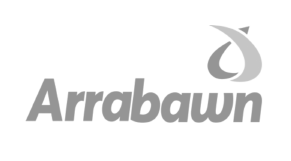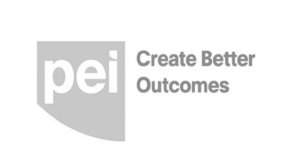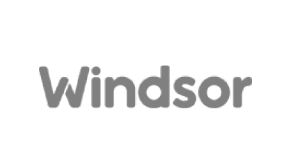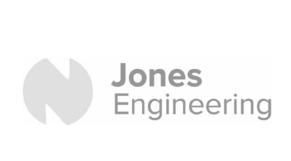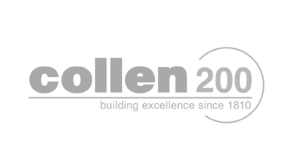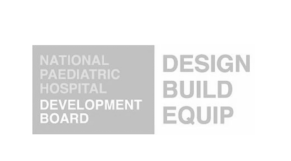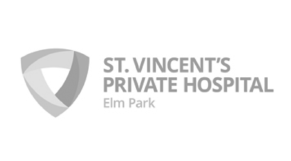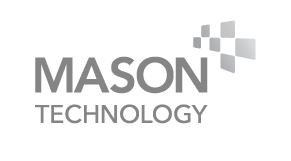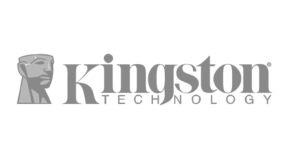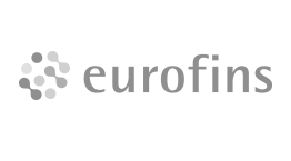
In today’s rapidly evolving digital landscape, businesses are recognising the growing importance of automating knowledge work to enhance productivity, streamline workflows, and stay competitive. At Convergent, we understand that the future of work involves making information unbound, allowing it to flow seamlessly across your organisation. Our Grow with the Flow approach ensures your documents and information management processes are transformed, giving you a competitive edge. The Convergent Knowledge Work Automation (KWA) Capability Maturity Model (CMM) provides a roadmap for understanding where your organisation currently stands and how to move forward.
Understanding Knowledge Work Automation
At its core, knowledge work automation leverages technologies like artificial intelligence (AI) and automation tools to manage and streamline the daily tasks handled by knowledge workers. These tasks include document management, workflow coordination, content governance, and ensuring security and compliance. The goal is not just to reduce manual involvement in repetitive tasks but to create an environment where information unbound supports employees in focusing on more strategic, creative, and decision-making activities.
Our KWA CMM outlines four levels of maturity, each representing a stage in your organisation’s progress toward full automation and seamless information flow. As you progress through these stages, you unlock greater efficiency, reduce operational complexity, and discover a competitive advantage when your documents and information are unbound and flowing.
The Four Levels of Maturity
Level 1: No Strategy – Ad-hoc and Reactive
At this initial level, organisations often operate without a formal information strategy. Knowledge work processes are manual, fragmented, and reactive, with no governance structures in place. Systems are siloed, leading to inefficiencies, and there is little to no automation. This reliance on manual effort makes scaling operations difficult and prone to errors. If your organisation frequently struggles with locating documents, coordinating workflows, or ensuring compliance, it is likely at this level.
Level 2: Business-Aligned Strategy – Basic Standardisation
At this stage, organisations begin to align their information strategy with business goals. Basic standardisation comes into play with efforts like creating a content inventory and automating naming conventions and structure for documents. Connected systems replace siloed ones, and organisations start to realise time savings and improved consistency. However, many organisations at this level still face challenges with fragmented systems and minimal automation.
Level 3: IT Aligned – Systematic and Managed Workflows
Here, organisations achieve deeper integration between their business processes and IT infrastructure. A governance team is typically in place to manage information across departments, and unified information models support connected workflows. Automated processes extend beyond document management to include workflows and permissions, significantly reducing manual efforts. Moving to this level enhances efficiency, allowing employees to focus on high-value tasks while ensuring compliance and security are embedded into daily activities.
Level 4: IT and Business Aligned – Optimised and Adaptive Systems
At the final level, organisations have achieved full alignment between IT and business strategies. Automated enforcement of policies and governance is standard, and the information model is fully automated, allowing external collaboration to be managed seamlessly. At this point, systems are highly integrated and adaptive, enabling real-time decision-making powered by AI and automation. This level of maturity drives a distinct competitive advantage, positioning your organisation to adapt quickly to changes in the market, regulatory environments, or technology.

Why Progressing Matters
Advancing through the Convergent KWA Capability Maturity Model enables organisations to unlock the full potential of information unbound, allowing documents and information to flow freely, unburdened by silos and inefficiencies. With higher levels of automation maturity, organisations can harness emerging technologies like AI to enhance decision-making, streamline complex workflows, and improve both employee and customer satisfaction.
Progressing from manual, siloed systems to fully integrated and automated environments not only increase productivity but also provides significant cost savings and agility. According to a commissioned study by Forrester Consulting, businesses with advanced automation systems experience a 294% ROI, alongside notable gains in customer satisfaction and employee productivity.
Wherever your organisation currently ranks on this model, there’s always room to improve. By moving up the maturity model, you can discover a competitive advantage when your documents and information are unbound and flowing, paving the way for future growth, innovation, and agility.
With Convergent’s expertise in making information unbound, we can guide your organisation through every stage of this journey. Let us help you unlock the full potential of your information assets, streamline workflows, and gain a sustainable advantage. Contact us today to arrange your Capability Maturity Model review and start moving towards a future-ready, fully optimised organisation.
To understand how our business can help yours, contact us directly via info@convergent.ie





